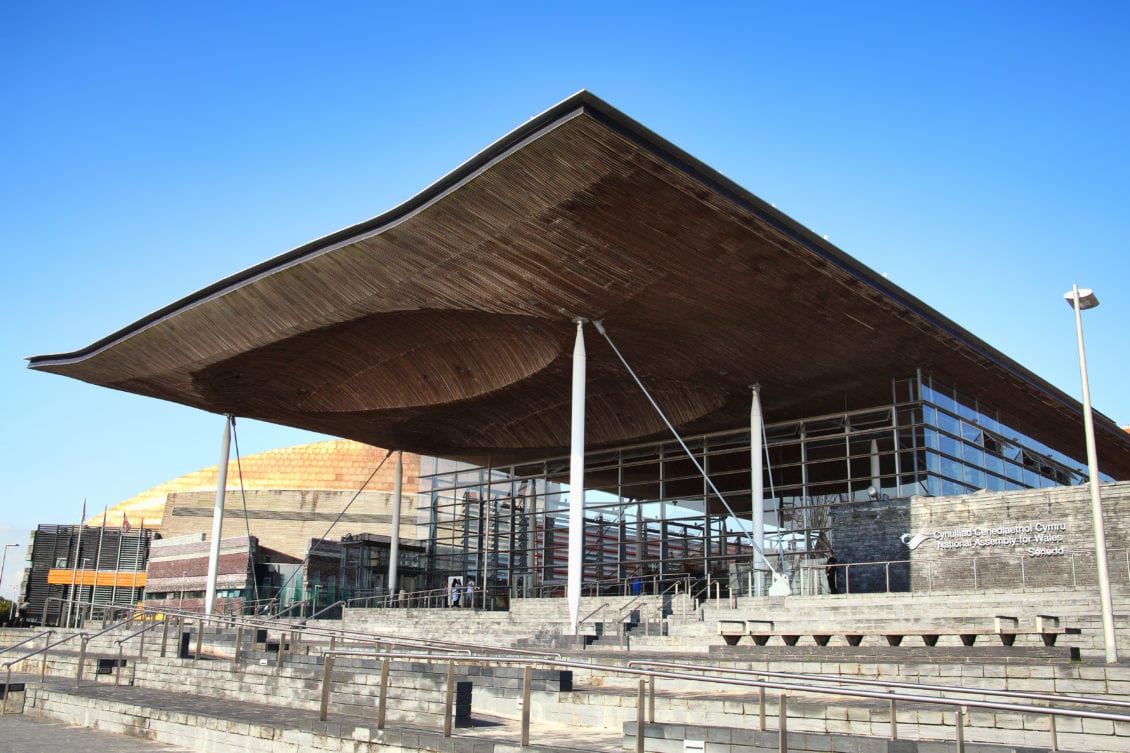A&E admissions in Welsh capital shaped by queue jumping and alcohol consumption, research suggests
Violence in night-time environments might be caused by people jumping queues, research by Cardiff University suggests.
Scientists from the University’s Security, Crime and Intelligence Innovation Institute, the School of Medicine’s Central for Trials Research and School of Mathematics used mathematical models to understand why people end up in A&E with assault injuries.
They found evidence suggesting that queues at places like bars, taxi ranks and fast-food outlets, when mixed with alcohol consumption, were associated with increased violence and in admissions to A&E at University Hospital Wales, Cardiff.
Home rugby matches, sunshine (but not rain) and bank holidays – all of which lead to higher levels of footfall – were linked to an increase in queues and, ultimately, violent behaviour.
Professor Simon Moore who led the study said: “We suggest that the breakdown of orderly queueing behaviour within a crowed night-time environment may promote violence.
“Queues are a social phenomenon – those participating in a queue will have expectations about how others should behave, such as not skipping to the front, or reneging, at the expense of others.
“When such violations occur, those who queue in an orderly fashion will seek to defend the integrity of the queue.
“When there are larger numbers of people present, the situation is exacerbated. With the Six Nations about to start, and over 70,000 rugby fans expected in Cardiff city centre for Wales’ first match against Ireland on Saturday 4 February, our research offers a timely insight into the possible causes of alcohol-related violence.
“Interventions that can reduce queuing time, such as increasing bar staff numbers, reducing queue jumping, or better managing the distribution of resources may reduce the risk of violence.”
The researchers collected data over a three-year period between 2016-2019. They used assault-related injury data, wifi monitoring tools to estimate footfall, along with the dates of sporting events and public holidays, and daily temperature readings from the National Oceanic and Atmospheric Administration.
More research is now needed to understand the individual features of the night-time environment that may lead to alcohol-related violence.
Co-author, Dr Thomas Woolley added: “If our findings are replicated in additional research, there will be a need to encourage proper queue discipline or better manage queues in the night time city-centre environment to reduce violence.”








Leave a Reply
View Comments